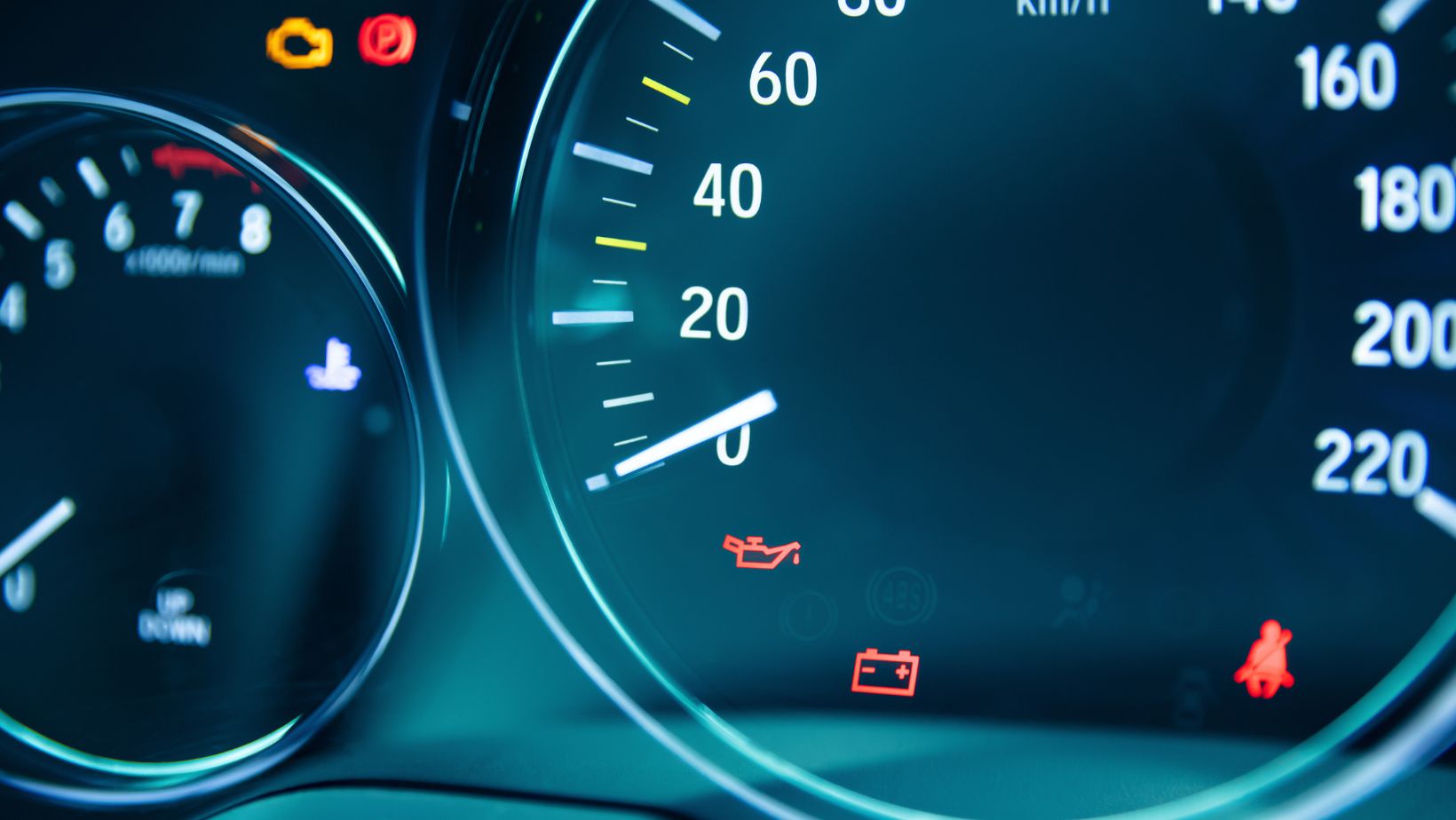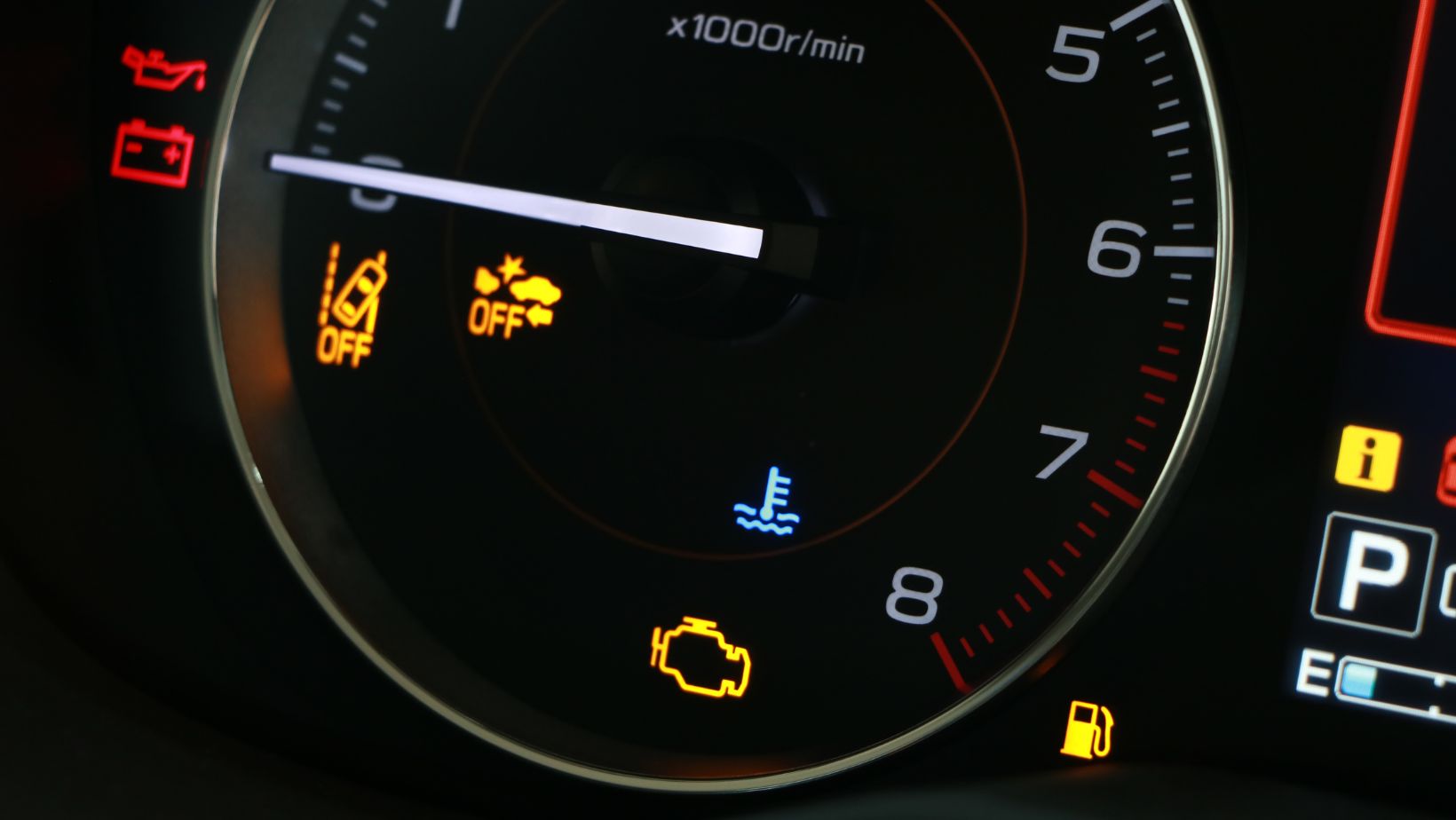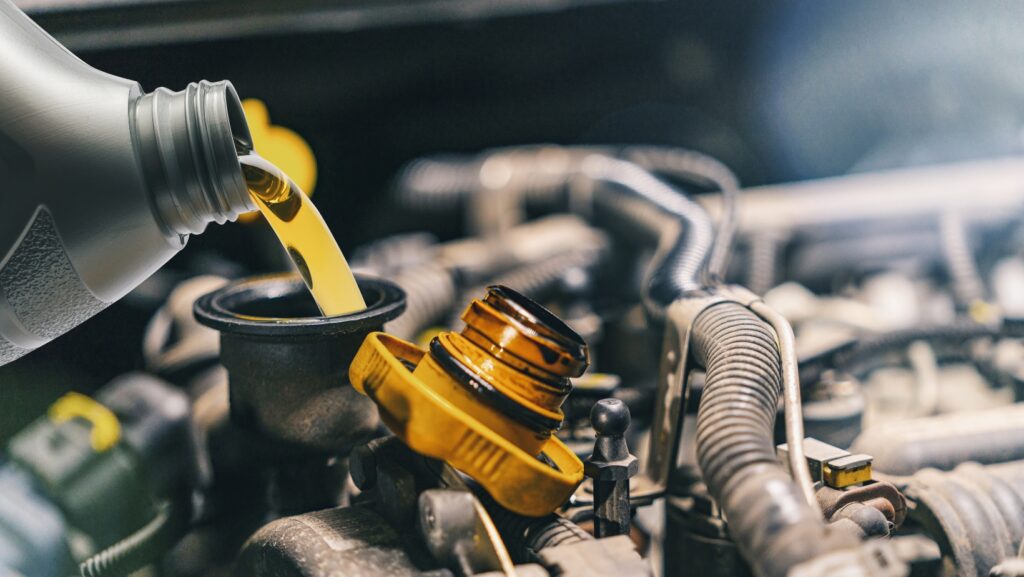
Dashboard warning lights never appear without a reason. Some signal minor issues, while others can cause serious concern for the driver. The oil warning light definitely falls into the latter category. When it lights up, it’s a sign that the lubrication system may not be functioning correctly – and that’s something you should never ignore, especially since it directly affects your engine’s safety.
What Does the Oil Warning Light Look Like?
The oil warning light is one of the most recognizable icons on the dashboard. It resembles a small oil can with a drop of liquid dripping from it – its shape alone hints at its connection to the lubrication system. The light is controlled by sensors that constantly monitor engine performance. The system checks both oil level and pressure. If anything is off, the driver is alerted immediately, and the seriousness of the issue usually depends on the color of the icon.
Sometimes, the oil warning light might be accompanied by other symptoms, such as engine knocking, ticking noises, or reduced performance. These signs further confirm that the lubrication system may be compromised and require immediate attention.
If you ever notice unusual engine behavior in conjunction with a warning light, pull over and assess the situation – even if no obvious fault is visible.
Oil Warning Light Colors – What’s the Difference?
When it comes to dashboard warning lights, color matters. It tells you the nature of the issue and whether it requires immediate attention. Regarding oil, you’ll typically see two colors: yellow and red.
A yellow oil light signals that the oil level is too low. In most cases, simply topping up the oil is enough—provided there are no visible leaks. This light is common in Volkswagen group cars, though other brands may use a text message instead.
A red oil light, however, is a serious matter. It usually indicates low oil pressure, which can damage the engine. When this light appears, you should stop the vehicle immediately, turn off the engine, and contact a mechanic. Ignoring this warning can lead to extremely costly repairs.
In newer vehicles, the dashboard may provide additional information alongside the warning light, such as exact oil pressure readings or specific error codes. If your car is equipped with an onboard diagnostic system (OBD-II), a quick scan using a code reader can help determine the cause more precisely.
This is particularly useful in identifying whether the issue lies with the oil pump, a sensor, or oil quality itself.
When Should the Oil Light Come On?
Like all dashboard lights, the oil warning light briefly comes on when you turn the ignition key. This is a routine check to confirm that all systems are working. Once the engine starts, the light should go off.

If it stays on, there may be a significant issue—most likely with oil pressure. Repairs can be expensive, so some car owners attempt to bypass the problem by disconnecting the warning light, especially in the used car market. That’s why it’s important to verify that all dashboard lights function correctly when buying a second-hand vehicle. A seemingly small defect might be hiding a much bigger problem.
A good habit is to observe your dashboard every time you start your car. Noticing if the lights behave differently from usual can help detect a problem before it escalates.
If your oil light starts to flicker or appears intermittently, don’t wait until it stays on permanently—investigate the cause as soon as possible.
Does the Oil Warning Light Always Mean You Need a Mechanic?
Not necessarily. A yellow oil light is a warning—usually indicating low oil level. If there are no leaks and the light goes off after topping up the oil, you can keep driving. The problem arises when the light stays on or, worse, starts flashing red.
A red oil light often points to a drop in oil pressure, which could be caused by a faulty pump, clogged oil pickup tube, broken sensor, or a more serious engine issue. In such cases, continuing to drive could lead to engine seizure. So when you see the red icon, the safest move is to pull over and call for roadside assistance. Even if the problem turns out to be minor, it’s better to avoid the risk of major expenses.
If you’re unsure whether the situation is serious, it’s better to err on the side of caution. Many drivers tend to postpone action, assuming the issue will resolve on its own – unfortunately, oil-related problems rarely do.
Keeping a basic toolkit in your car, including a small bottle of engine oil and a funnel, can also help in emergencies.
How to Minimize the Risk of Oil Pressure Issues
The best way to avoid problems with your lubrication system is by regularly checking your oil level. It’s a simple task that takes just a few minutes and can save your engine from serious damage. Regular oil changes at manufacturer-recommended intervals are equally important. During each oil change, it’s wise to use high-quality lubricants from trusted suppliers. This ensures better engine protection and greatly reduces the risk of pressure drops.

You should also pay attention to the type of oil your vehicle requires.
Using oil that doesn’t meet the manufacturer’s specifications can negatively affect performance and lead to warning light activation.
Modern engines are sensitive to viscosity grades, synthetic composition, and specific additives, so always follow the user manual when selecting your oil.
Another useful tip is to monitor oil consumption over time. If you notice a sudden drop in oil level between changes, it could indicate an internal leak or excessive burn-off – both requiring a mechanic’s assessment. Keeping maintenance logs can help you track such anomalies and catch early signs of wear and tear.
Regular inspections at a trusted garage are also a great preventive measure. Mechanics can spot early warning signs that aren’t yet visible to the driver, especially during oil and filter changes.
A proactive approach saves money and extends your engine’s lifespan.
The article is sponsored by JuniperTrade – Castrol Engine Oil Wholesale, engine oils for passenger cars, trucks, and agricultural machinery.

